How to Adjust the Adhesion of Cotton Baling Film
2025-05-17
You Might Also Like
-

what are the advantages of cotton packaging film
-
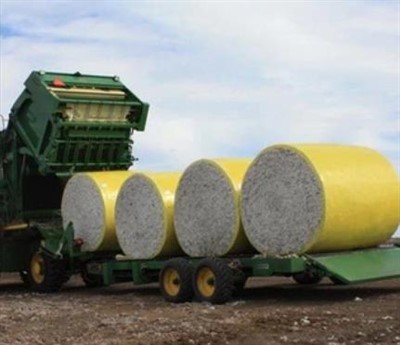
The Advantages of Cotton Wrap Film
-
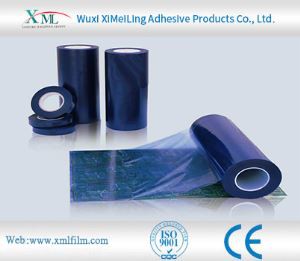
How does pe protective film cope with high temperature environment
-
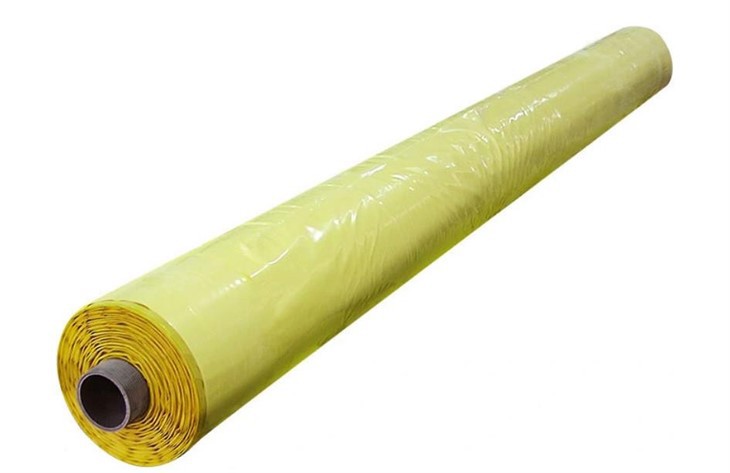
Advantages of Cotton Bale Wrap Film
-
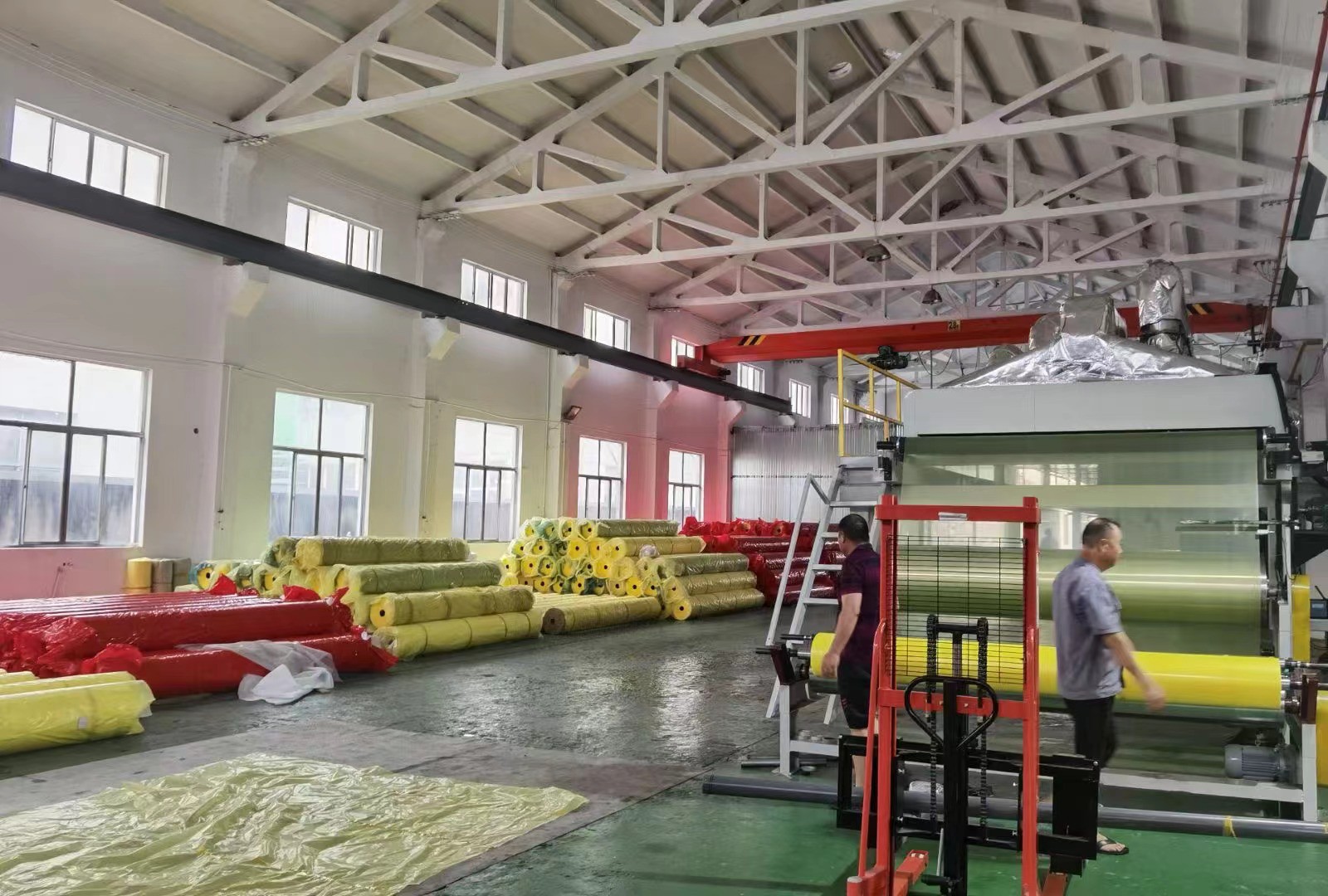
Storage method of cotton bale wrap film
-
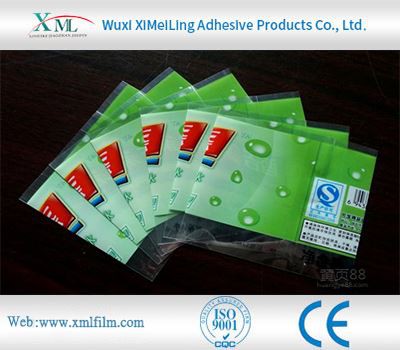
How Polyethylene Packaging Material Copes with High Temperature Environment
